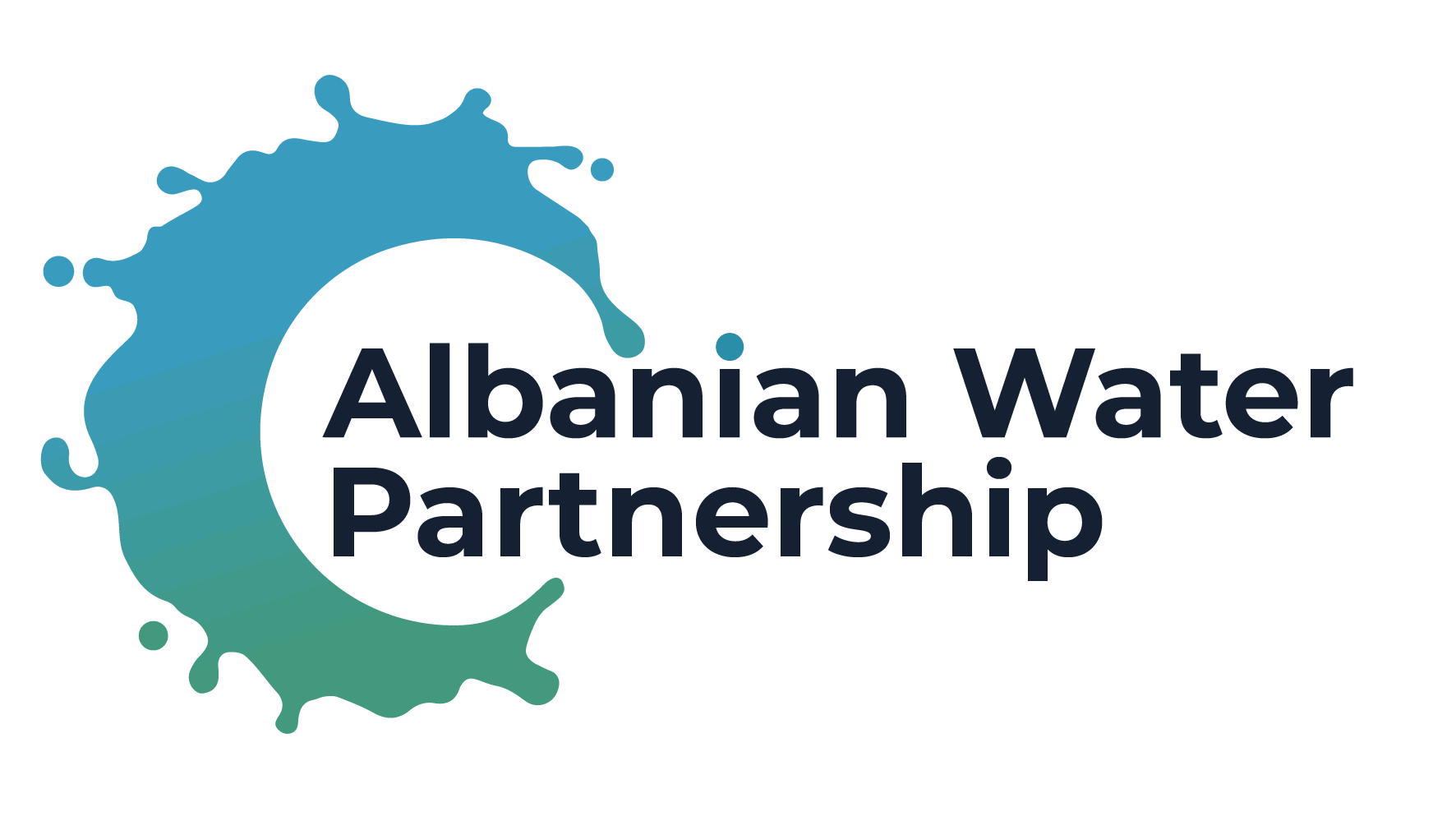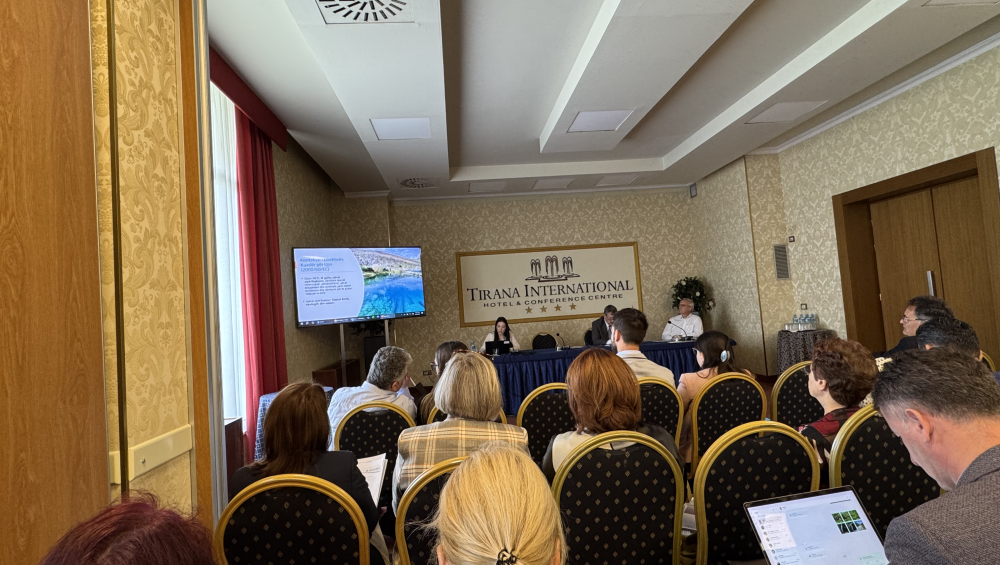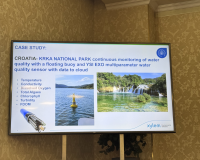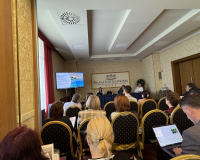On May 28, 2025, Albanian Water Partnership participated in the international conference “Monitoring Water Quality and Quantity in Sources and Reservoirs”, organized by ALBCOLD in collaboration with international companies SONTEK & YSI – Xylem and SOMMER, with extensive experience in the field of water monitoring.
This activity aimed to promote the exchange of experiences and information on the latest technologies in the monitoring and sustainable management of water resources.
At this meeting, AWP contributed with an analysis of the situation on monitoring the status of heavily modified and artificial water bodies, such as dams and reservoirs, in the framework of the implementation of the Water Framework Directive (2000/60/EC) and Law No. 29/2024 “On Water Resources”. The importance of including these water bodies in national monitoring programs was addressed, with the objective of not only complying with European standards, but also of real improvement in water quality and management.
The analysis emphasized that, although these structures have a modified hydrological and ecological regime, they are an integral part of the aquatic ecosystem and should be assessed through adapted indicators that aim for “good ecological potential”. Currently, in Albania, there are over 350 large dams and 300 small dams, managed by various entities including public authorities, municipalities, state-owned enterprises and private operators, which makes the monitoring process even more complex. The lack of a coordinated and unified approach to monitoring, sufficient laboratory capacities and effective inter-institutional data exchange, constitutes a challenge for fulfilling legal obligations and protecting water resources.
The importance of improving the National Water Resources Cadastre was also highlighted, as a basic instrument for identifying and monitoring artificial and heavily modified water bodies. The inclusion of these water bodies in national monitoring systems requires not only technical harmonisation, but also improvements in institutional planning and a cross-sectoral approach.




